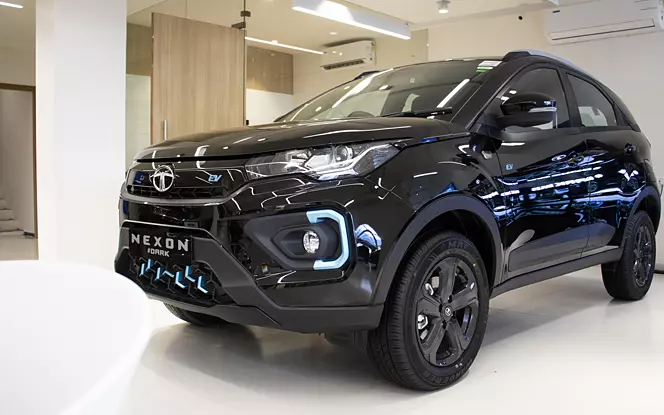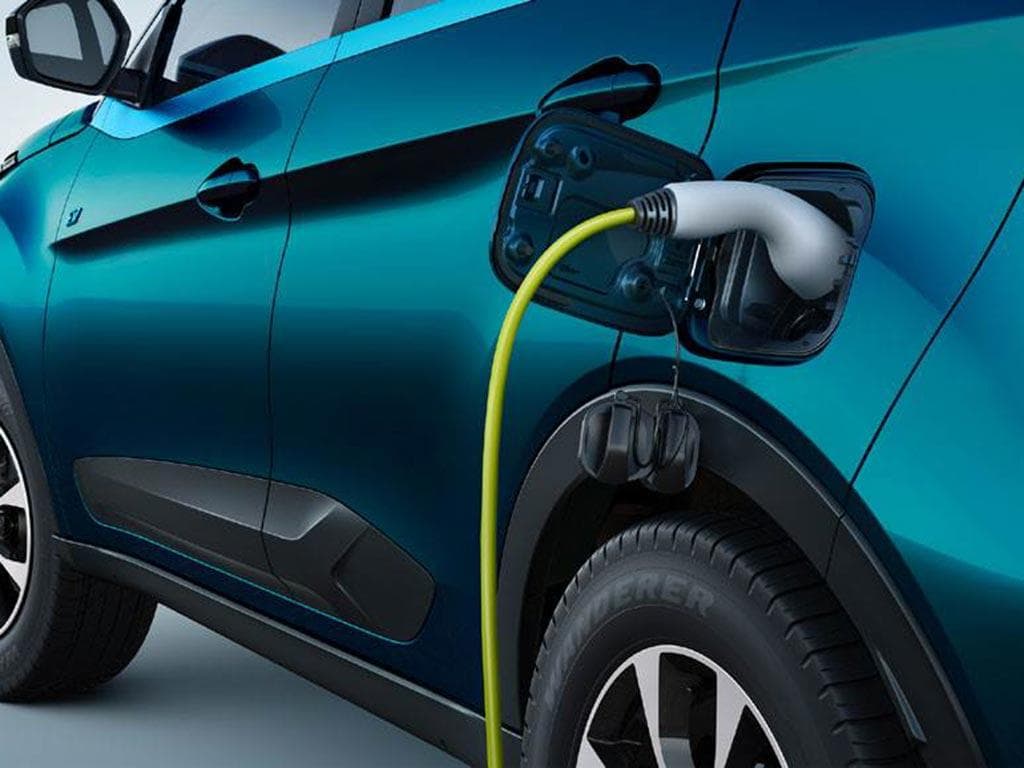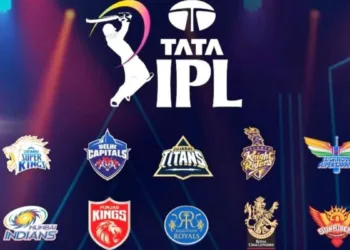In terms of sales of electric vehicles, Tata Motors is now in first place. Tata has electrified its well-liked 4W lineup with Nexon EV Prime, Nexon EV Max, Tigor, and the recently released Tiago EV. This will probably make Tata’s hold on this market even stronger. Despite India being a relatively new EV market, Tata’s electric goods have received positive reviews.
This is shown in sales numbers, which place Tata at the top with 82.80% of the market for electric cars in September 2022. The majority of these sales are attributable to Nexon EV, which at this time has no direct competitors. The Mahindra XUV400 will soon crash the Nexon EV celebration.

Electric vehicles are more expensive than gasoline or diesel vehicles. This is partly because an electric car’s battery and electric motor are the two most expensive components. A Nexon EV user recently revealed on social media that the device’s battery costs Rs. 7 lakh. Another Nexon EV owner has now disclosed the cost of an electric motor. The price is 4,47,489. These are highly pricey components. But the warranty covers them.
The battery is covered by an 8-year, 1.6-lakh-mile warranty from Tata Nexon. During this time, if the battery malfunctions, you will receive a free replacement.
A Karnataka resident who owns a Nexon EV covered 68,000 kilometers in two years. The car would halt when the battery’s level of charge dropped below 15% and the range had drastically decreased. Tata Motors replaced the old battery with a new one at no additional expense because it was still covered by the warranty.

Tata Nexon’s electric motor and battery cost close to Rs 11.5 lakh. When you take into account the cost of a brand-new Nexon EV, that does seem like a lot. As with dealership business models, after a major purchase, such as a car, dealerships establish revenue streams through service agreements. Service channels for EVs are currently being created. Reusing batteries in their second-life and third-life avatars is another element that might be crucial.
Also read:








